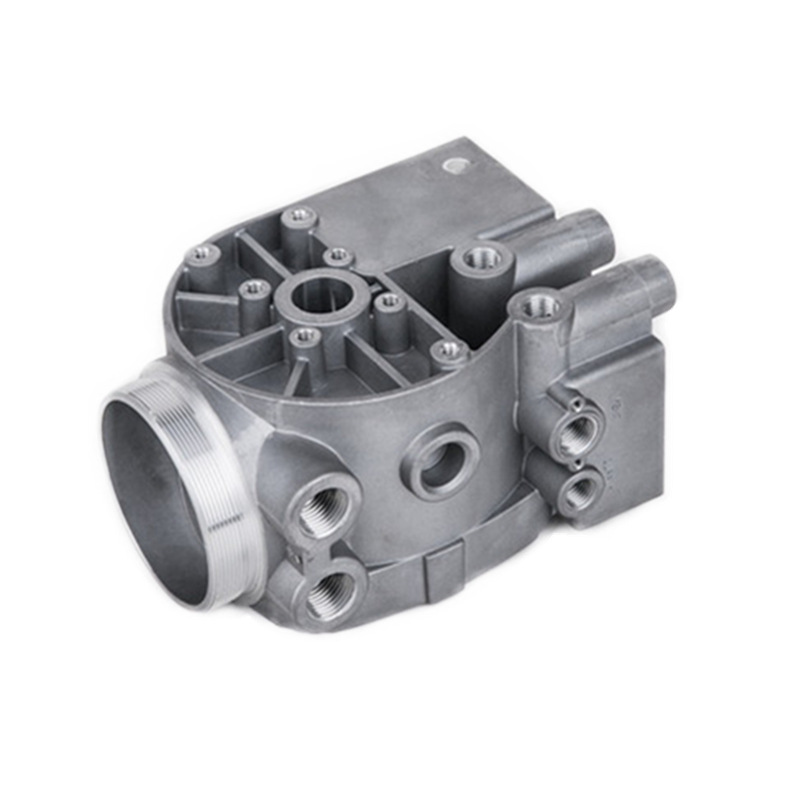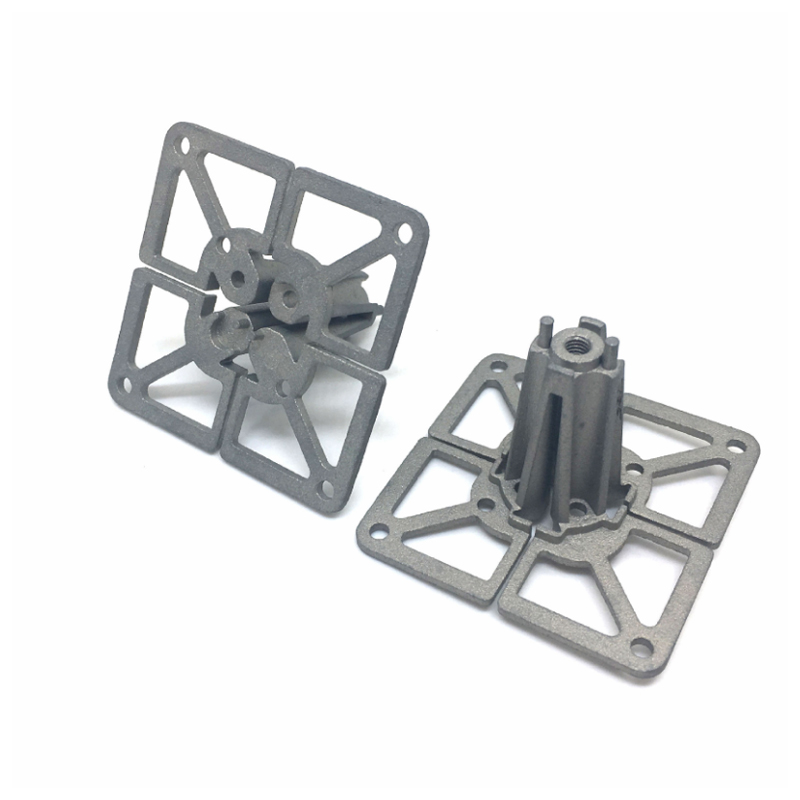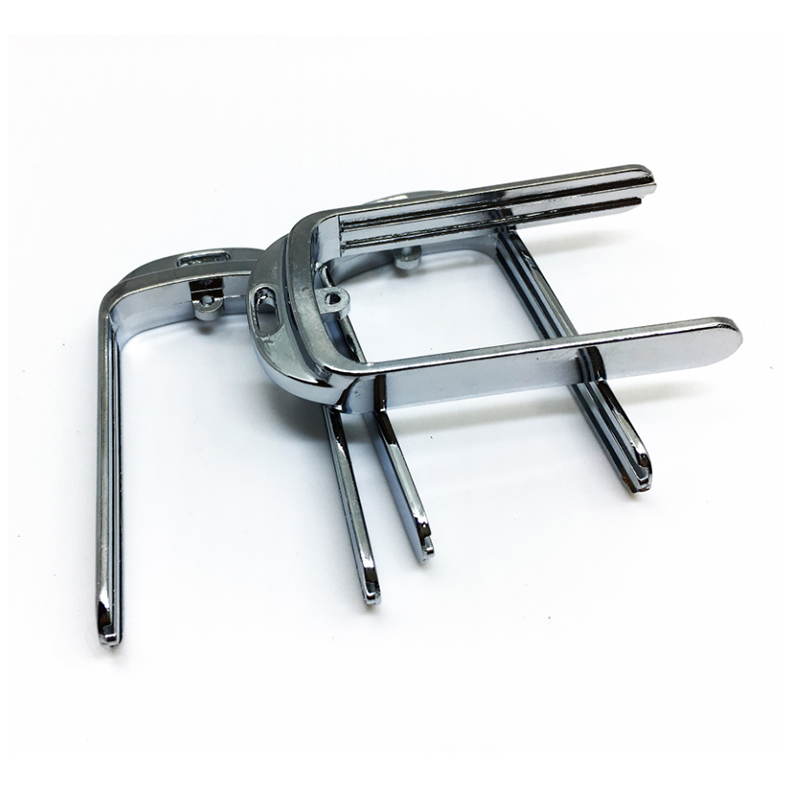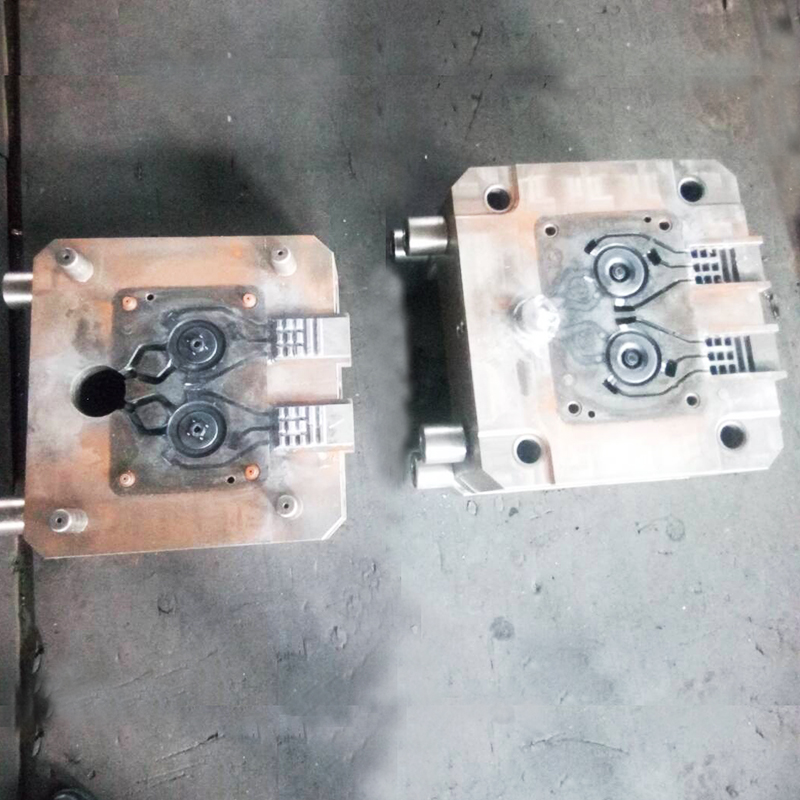Differences Between Zinc Die Casting and Aluminum Die Casting
Die casting is a manufacturing technique suitable for the production of parts with complex designs that requires accuracy and large-scale production. The technique is compatible with metals, with popular ones being zinc, magnesium, and aluminum. Of these different materials, zinc die casting vs aluminum die casting is the most common comparison in metal fabrication.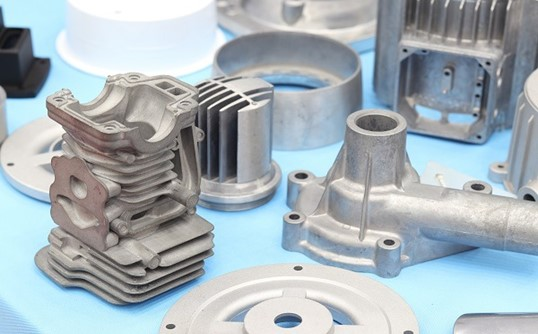
Both materials have unique inherent properties and applications. However, the process further improves these properties. As a result, you need to understand die casting and its effects on the materials. This article compares aluminum die casting and zinc die casting so you can understand them and how to use the correct one.
Aluminum die casting and zinc die casting exhibit unique properties which determine their applications. Below are the common parameters that can allow you to differentiate both materials and choose the right one:
Weight
Zinc alloys have a high density similar to steel, which portrays them as stronger and heavier than most die casting materials. Pure zinc has a specific density of 5g/cm3 compared to aluminum’s 2.7g/cm3. As a result, of its high density, it has a high impact resistance than aluminum parts and is the choice of material for making castings for structural applications.
Properties
The major distinction between zinc die casting and aluminum parts are based on their mechanical properties. Below are the common properties of both die-cast materials and how they differ:
– Melting Point
Although denser, zinc has a lower melting point (4200C). The melting point is an important parameter in die casting as it determines the type of die casting process you can use. Zinc’s low melting point makes it more compatible with the hot chamber process.
Aside from that, it also does not lead to the degradation of the mold, improves production, reduces lower production costs, and determines the choice of the casting process. On the other hand, aluminum has a higher melting point (6600C). Hence, it is compatible with the cold chamber process, which, aside from increasing the cost, increases the cycle time.
– Thermal Conductivity
Zinc alloy has better heat conductivity than aluminum die casting as it can efficiently absorb and dissipate heat. As a result, it is more suitable for producing parts that generate high heat or work with heat and need to dissipate such heat efficiently.
Zinc castings are better than aluminum in making die cast components such as heat sinks or electronics.
– Corrosion Resistance
Zinc castings have better excellent corrosion resistance than aluminum die-casted parts. Therefore, the former is more suitable for projects in harsh environmental conditions.
Tooling Life
Molds used in zinc die casting do not need to be overly strong due to the material’s less abrasive nature and low melting point. Due to these properties (i.e., less abrasiveness and low melting point), there is a reduction in mold damage and tooling cost. Thus, molds used in making zinc castings can last over 1,000,000 shots compared to aluminum’s 100,000 shots.
Surface Finishing
Unlike CNC machined parts, die castings often need secondary surface finishing options. Aside from the process, the type of material also determines whether the part need surface finishing.
Zinc castings do not have pores after casting, evident in their smoother/patterned surface, and this is unlike aluminum, which can form pores, pits, and blisters during casting. As a result, aluminum casting requires a compensating surface finishing option.
Nevertheless, both castings are subjectable to surface finishing. Also, zinc is more compatible with surface finishing options such as plating, powder coating, painting, electroplating and anodizing.
Applications
Both materials are applicable in several industries. Zinc casting is stronger than aluminum casting. They are the more common home appliance and automotive die casting options. On the other hand, aluminium castings’ strength-to-weight ratio renders them a better material when there is a need for lightweight and strong parts. This is an important criterion for the use of aluminum castings in the aerospace industry.
Cycle Time
Another major parameter to consider in the aluminum die casting vs zinc die casting comparison is the cycle time. Zinc die casting occurs at high pressure, and low melting point, unlike aluminum die casting. For this reason, it has a low cycle time (zinc casting has a cycle rate that is 150-200% higher than aluminum).
Furthermore, the heating of zinc die casting occurs internally, unlike aluminum die casting, which uses the cold chamber process. Aside from that, zinc casting’s efficient heat dissipation means that molten metal will solidify faster. As a result, the cycle time will reduce.
Costs
The cost of production depends on several factors, such as material cost, production process, operator skills, cycle time, surface finishing, etc.
|
|
Zinc Die Casting |
Aluminum Die Casting |
|
Weight |
Higher |
High |
|
Melting point |
Low |
High |
|
Thermal conductivity |
High |
Low |
|
Corrosion resistance |
Higher |
Low |
|
Tooling life |
High tool longevity |
Low tool longevity |
|
Surface finishing |
Low |
High |
|
Applications |
Automotive, marine, and electronic industry. |
Aerospace, house appliance, medical, automotive. |
|
Cycle time |
Ten times higher |
High |
|
Costs |
High |
Low |
When and Why You Should Choose Zinc Die Casting
If you find yourself torn between zinc die casting and aluminum die casting, consider the following factors that make zinc die casting a favorable choice:
-
Parts with Thin Walls: Zinc die casting is particularly well-suited for creating parts with thin walls due to its inherent strength compared to other materials. The denseness of the zinc material ensures the structural integrity and stability of the parts. This results in reduced material usage and lower die-casting costs.
-
Harsh Environmental Conditions: When facing harsh environmental conditions, especially those prone to corrosion, zinc die casting is an excellent option. The zinc casting exhibits impressive corrosion resistance, forming a protective layer on the parts, making them highly durable in such conditions.
-
Lesser Residual Stress: Zinc die casting employs a low-pressure die casting process, which minimizes the residual stress on the parts. In contrast, high-pressure die casting, used in aluminum die casting, can sometimes cause residual stress. The reduced residual stress in zinc die casting contributes to the parts' overall longevity and performance.
-
Die Cast Mold: If you're working with a delicate die casting mold, zinc die casting is the preferable choice. Zinc molds tend to last about ten times longer than aluminum die-casting molds, making them more cost-effective in the long run. Additionally, if you have budget constraints, zinc die casting offers an advantage as it requires lesser capital to cover the tooling cost.
-
Faster Production: Zinc alloys have a low melting point, enabling a hot chamber die-casting process with high-pressure injection. This results in a faster cycle rate compared to other materials. In zinc die casting, the zinc is melted directly in the machine, while in aluminum die casting, the operator must melt the aluminum outside the machine before ladling it into the injection machine, which can add extra time to the production process.
Considering these factors, zinc die casting proves to be a favorable choice for applications requiring thin-walled parts, durability in harsh conditions, reduced residual stress, cost-effective mold longevity, and faster production cycles.
When and Why Choose Aluminum Die Casting
When considering whether to choose aluminum die casting or zinc die casting for your parts, there are certain conditions where aluminum die casting becomes the preferred option:
-
Strength-to-Weight Ratio: Aluminum die-cast parts are well-known for their lightweight nature combined with high tensile strength. If you require parts with these properties, aluminum die casting is a suitable choice. Industries such as aerospace often opt for aluminum die-cast parts due to their ability to provide strength while reducing weight.
-
High Operating Temperatures: If your application involves high operating temperatures, such as in metallurgical processes, aluminum die castings are preferred. Aluminum has a high melting point, ensuring that the structural and physical properties of the parts remain intact even under extreme heat.
-
Electrical Conductivity: Aluminum die castings exhibit excellent electrical conductivity, making them an ideal choice for various electronic components. For example, in EMI shielding applications where protection from electromagnetic signals is crucial, aluminum die castings can effectively serve that purpose.
Considering these factors, if you require lightweight parts with high tensile strength, need to withstand high operating temperatures, or require excellent electrical conductivity, aluminum die casting is a suitable option to consider. It offers the necessary properties for industries such as aerospace, metallurgy, and electronics, where these characteristics are highly valued.
NINGBO FUERD MECHANICAL CO., LTD
Website: https://www.fuerd.com
